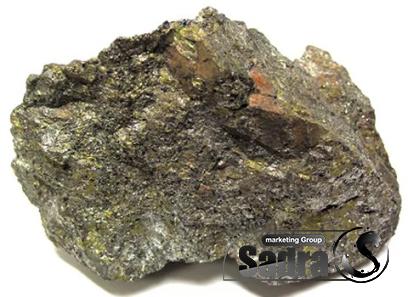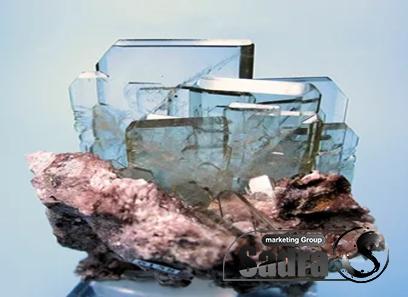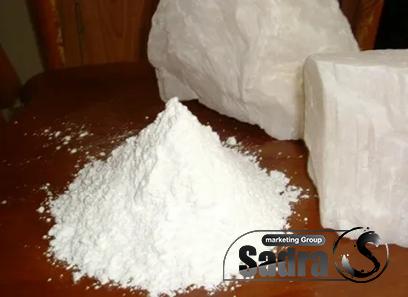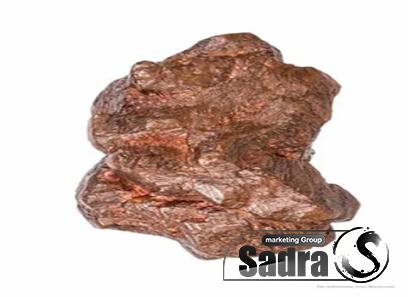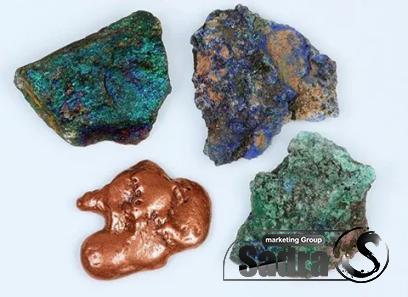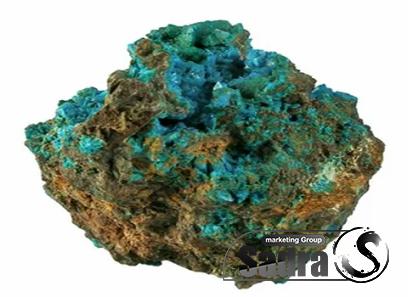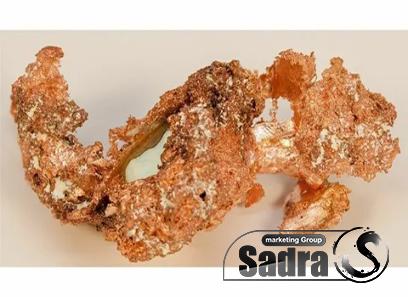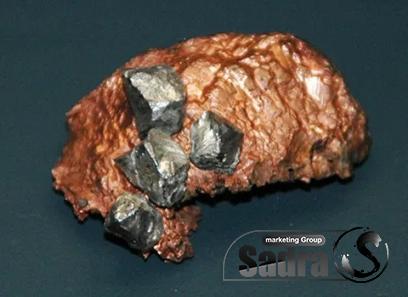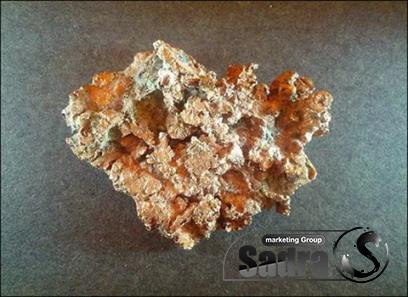The Price of Bitumen Emulsion Road Construction
Given the global expansion of road infrastructure and its effects on the environment, the development of environmentally friendly and sustainable road materials must be given serious consideration
Bitumen emulsion is used in the production of one of these materials, although road construction always makes the most use of bitumen because of its suitable properties of bitumen emulsion, however, technical and scientific barriers continue to prevent its widespread application
There are numerous variables that can influence how bitumen emulsions are produced and their composition
Because so many tests are performed to ensure the desired properties, such as emulsion stability, viscosity, droplet size (and distribution), and bitumen emulsion chemistry, obtaining the desired product is largely dependent on a series of random and time-consuming trials
A number of pre-established formulation processes have been presented in the literature
Others are still not well understood enough to be used in the formulation of bitumen emulsions, and some have technical constraints that prevent them from being used in practical industrial applications
It may be useful to discuss some significant issues in this field in order to provide bitumen emulsion manufacturers with a user manual when attempting to create a well-defined bitumen emulsion that best suits their use in pavement infrastructure rather than simply meeting standard specifications

This review paper aims to enable the full potential of bitumen emulsion by reviewing current research on bitumen emulsion manufacturing and discussing the literature that has been published to date on the subject in the fields of bitumen emulsion manufacturing and emulsion chemistry
Bitumen emulsion is in high demand in the pavement construction industry
It has a wide range of applications, including surface treatment, tack coating, and cold recycling mixtures
A novel technique known as a bitumen emulsion can liquefy bitumen by dispersing it in water
Bitumen emulsions have a significant advantage over hot bitumen in terms of energy efficiency due to their lower viscosity
Furthermore, the process consumes less energy and poses fewer fire and burn hazards
As a result, the cold mix emits fewer hydrocarbons that harm the ozone layer
Bitumen is considered the dispersed phase in an oil-in-water (O/W) emulsion system, with water (or soap) serving as the continuous phase
To ensure phase compatibility, non-ionic, anionic, or cationic surfactants are added at a concentration of 1-2 weight percent of the total mass of the bitumen emulsion
According to industrial experience, the ideal emulsion for road applications has a high bitumen content, typically ranging from 60 to 70%, a unimodal droplet size distribution, and an average droplet size ranging from 5 to 15 m
Surfactants reduce the viscosity of the system in comparison to the initial viscosity of the bitumen
The amphiphile molecule (surfactant) prevents droplet coalescence by lowering the interfacial tension between bitumen and water, stabilizing the system and enabling emulsification
A bitumen emulsion’s primary characteristics, such as type, average drop size, size distribution, rheology, and stability, as well as its additional use characteristics, such as adhesion on the substrate, must be tailored to a specific pavement application

Engineers used to work with hot mixes face new challenges as a result of cold mixture technology
In contrast to hot mixtures, which rely on the viscoelastic properties of the bitumen, emulsion mixtures introduce a new set of conditions that must be controlled in order to successfully produce and lay these materials
One of the main barriers to the widespread use of bitumen emulsion in cold recycling is its low early mechanical performance, such as low bearing capacity and adhesion
More specifically, it is the bitumen emulsion’s inability to form sufficient bonding in the mixture skeleton, which typically takes time and is caused by incompatibility between the bitumen emulsion and aggregate (even more complex with RA aggregate due to aged bitumen)
The surface chemistry of the aggregate becomes important, and different aggregate types require different emulsion formulations based on their mineralogies
The difficulty of creating an emulsion is typically controlled by selecting the appropriate components and quantities for each (surfactant, bitumen, and aqueous phase)
The optimized formulation should produce an emulsion with the desired emulsion breaking time, either during mixing or compaction, as well as proper aggregate coating, resulting in a gradual increase in strength
However, the material’s initial workability or storage capacity, as well as the subsequent development of mechanical strength in situ, create competing requirements
The formulation and emulsification technique optimization may be fairly simple by separating and managing the various factors independently
There has been little scientific research on bituminous emulsions, and even fewer publications in the fields of chemistry and formulation methods

Bitumen emulsions are composed of the material itself, water, and a surfactant
An emulsion is formed in two phases by combining two immiscible liquids
Because of the surfactant’s electrostatic charges, the emulsion particles are suspended in the aqueous phase
Surfactants are emulsifying agents that are active on the surface of emulsified substances; as a result, they are referred to as surfactants (surface active agents)
Because bitumen typically accounts for 50-75% of the emulsion, it is regarded as the most important component
Bitumen is a complex material produced during the distillation of crude oil
Bitumen is used in a variety of construction industries, primarily as a binder in asphalt pavement
Bitumen is composed of four major chemical categories: resins, asphaltenes, aromatics, and saturates
The first two groups are thought to be the most polar compounds because of their basic and acid functional groups, and as a result, they have an effect on the interfacial properties
This is because when bitumen droplets are emulsified in water, these polar compounds can migrate and adhere to the water
They can act as natural surfactants in this capacity
Wax crystals and naphthenic acids can also act as natural surfactants and influence the interfacial properties of bitumen water systems, but only when the aqueous phases have a low or high ph
As a result, the type and source of bitumen are important factors in how surfactants and bitumen interact chemically to form emulsions
The primary function of a surfactant is to reduce the surface tension of an emulsion and prevent droplets from coalescing
They also control the stability, viscosity, breaking, and adhesivity of bitumen emulsions

The latter is critical for the strength of a cold recycled mixture to emerge
The majority of surfactants were used in the emulsification of bitumen
Initially, anionic surfactants were more common, but cationic surfactants have steadily gained ground since the 1950s
A surfactant molecule is made up of two parts: the polar (hydrophilic head group) and the non-polar (hydrophobic chain group)
The first group makes it water-soluble, and this group is especially important for aqueous surfactant solution properties
Bitumen emulsions are classified as anionic, cationic, non-ionic, or zwitterionic based on the charge carried by the head group
Cationic surfactants, are typically fatty amines such as imidazolines, amidoamine, and diamines that can be converted into soap by combining them with an appropriate acid, typically HCl
The reaction, as seen, produces ammonium compounds (RNH+3Cl) with positively charged nitrogen (N) atoms as their head group
The positive charge of the electrovalent and polar head groups migrates to the surface of the bitumen droplet
Stability, viscosity, breaking, adhesion, droplet size, and dispersion are all performance requirements for bitumen emulsions
The ideal emulsion is stable during the application, storage, and transportation, but it should quickly transform back into bitumen after application, leaving a binder with the same properties as the original bitumen, adhering firmly to the aggregate, and thus providing enough bearing capacity for a timely construction process

When creating a bitumen emulsion, emulsion stability is an important factor to consider and monitor
Emulsion stability refers to an emulsion’s proclivity to change properties over time
In general, the interactions between the surfactant and the water/bitumen interfaces are what regulate it
Bitumen droplets begin to approach one another during storage due to the low surfactant concentration at the interfaces
As a result, contact between the two droplets is anticipated, and flocculation occurs
When there is no mechanical agitation in the system, this is what happens during emulsion storage
Coalescence may occur if steps to reverse flocculation are not taken
During coalescence, the surfactant layer that separates the droplets weakens, allowing the droplets to come into contact with one another
During this process, water may become trapped inside the new, larger droplet
Because there is no longer a physical barrier separating the emulsion droplets, they cannot be separated [30]
This last mechanism is highly formulation-dependent in terms of bitumen grade, bitumen temperature, soap temperature, and surfactant type
Bitumen droplets in stored bitumen emulsion are pulled downward by gravity due to the difference in densities between the dispersed and continuous phases that comprise the sedimentation phenomenon

Bitumen Emulsion
The emulsion viscosity of bitumen emulsions is a critical performance factor
In cold recycled mixes, low viscous emulsions may drain off the aggregate or affect the development of aggregate/binder adhesion, which in turn affects the increase in mechanical strength
When used in chip seal, low viscosity emulsions are more likely to run off the road, whereas highly viscous emulsions may not distribute evenly over the surface
The performance of the finished product is thus influenced by the viscosity of the bitumen emulsion
The viscosity of bitumen emulsions is affected by the bitumen-to-water ratio, the type of surfactant, the amount of salt in the bitumen, and other variables
These variables can cause the viscosity of the emulsion to increase during storage
However, independent control of these variables during emulsion production is difficult
This is because some characteristics, such as surfactant concentration and interfacial tension, are dependent on each other
Any change in the interfacial tension, for example, will change the size (and distribution) of the droplet, which will change the viscosity of the bitumen emulsion
The emulsion viscosity typically increases as the average droplet size decreases, while it decreases as the droplet size distribution narrows
Because of the reduction in droplet size, the surfactant content can also have an effect on emulsion viscosity, causing it to increase

As viscosity decreases, the system will experience extremely low interfacial tension
In this system, the ideal formulation, which will be discussed in detail in Section 7
5, is completely within reach, and droplet sizes are frequently quite small
However, these systems are extremely unstable; for example, droplet coalescence occurs very quickly, even immediately after emulsification
Furthermore, the chemical composition of the surfactant may have an effect on the viscosity of the emulsion
Furthermore, some surfactants have a unique effect because they can produce multiple emulsions (W/O/W)
The emulsion viscosity must be carefully managed because it affects the product during manufacturing, storage, and mechanical performance during service
Bitumen emulsion is designed to break when it comes into contact with aggregate particles in order to leave a binder layer on and between the aggregate particles
Emulsion settling, also known as the overall process, is a complex phenomenon that affects the long-term performance of the pavement
Many theories exist to explain related phenomena, and emulsion breaking is still poorly understood
Several simultaneous processes are involved in the breaking
Numerous studies have been conducted on the processes by which bitumen emulsions break up, with a particular emphasis on the surfactant, the type and quantity of additive, and the conditions under which bitumen emulsions are prepared

According to Gorman et al
, the most important factors influencing the breaking process of bitumen emulsion are bitumen emulsion characteristics and aggregate surface properties
According to Hagen et al
, the surface characteristics of the aggregate have a significant influence on the bitumen emulsion’s adhesion and breaking speed
According to Lyklema and Castillo, surfactant desorption on the bitumen surface and adsorption on the aggregate surface influence bitumen emulsion breaking
According to Reading and Whiteoak, the breaking speed increases with temperature
Breaking is generally controlled by physiochemical interactions
According to Marchal et al
, the amount of surfactant that is not adsorbing on the surface of the aggregate or attached to bitumen droplets has a significant effect on the breaking speed of the bitumen emulsion
As a result, it primarily employs various breaking mechanisms, such as surfactant adsorption, water evaporation, and pH change
